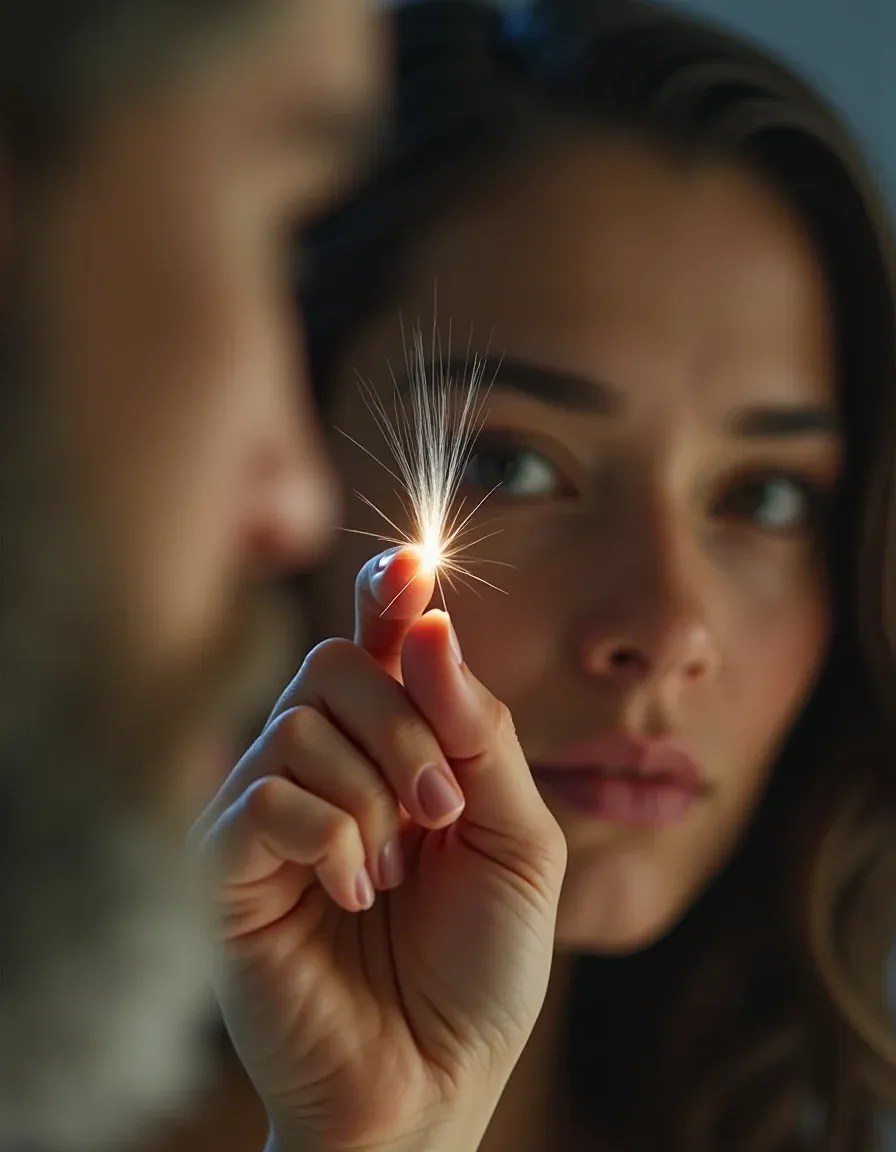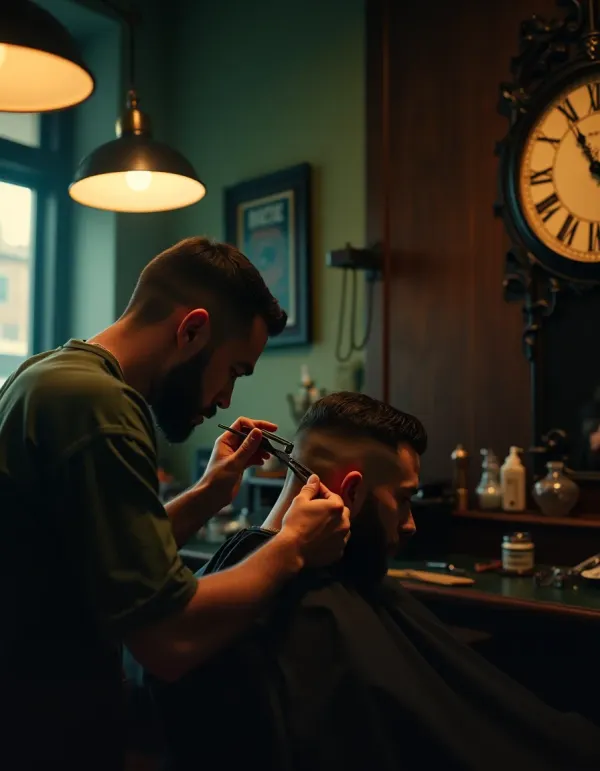When Did Your First Grey Hair Show Up? Real Stories, Science, and What to Do
From teens spotting a single silver strand to people who don’t grey until their 30s — read real stories, learn the science behind pigment loss, and discover simple ways to embrace, blend, or treat your first grey hair.

So — when did your hair first start to grey? Some people spot a few silvery strands in their teens, others not until their 30s, and some go bald first. It's wildly personal, and it doesn't always follow the calendar.
What people notice
You'll hear everything: greys in the late teens, early 20s, late 20s, around marriage, or not a single one by 35. Some folks have salt-and-pepper at the temples; others are confident it looks "distinguished." A few jokes? Sure — someone even said they went bald before their hair could turn grey.
What the science says
Greying (aka canities) happens when hair follicles stop producing pigment. For most people, greying begins in the early to mid-20s for men and late 20s for women, but genetics dominate the timetable. More than 60% of Americans have some grey by age 40. You can read more on the biology here: Greying of hair (Wikipedia).
Researchers have linked genes (like IRF4) and processes such as buildup of hydrogen peroxide in follicles to pigment loss. There's also growing evidence stress can speed things up — a 2020 study tied intense stress to permanent pigment loss in animal models. But it's rarely one single cause.
Practical takeaways — if you're worried or curious
- Embrace it: Many people say greys add character. If you like the look, go for it.
- Cosmetic fixes: Permanent or semi-permanent dyes, highlights, or a shorter cut can blend greys. Temporary touch-ups and root concealers work between salon visits.
- Don’t rely on DIY extremes: Marker/ink or constant plucking can damage hair and skin. Tweezing single hairs is okay, but repeated plucking won’t stop more greys from appearing.
- Check health factors: Early greying can sometimes signal vitamin B12 deficiency, thyroid issues, or other conditions — a quick chat with your GP can rule those out.
- Lifestyle helps: Quit smoking (it’s linked to early greying), sleep well, and manage stress — these can improve overall hair health even if they don’t guarantee pigment will return.
- See a pro: A dermatologist can advise if you want to explore medical or cosmetic options.
Bottom line: when your first grey appears is mostly in your genes, but lifestyle and health play roles — and how you respond is totally your call.
Whatever age you saw them, those first silver hairs are just one small chapter of your story. Own it, change it, or blend it — your hair, your rules.




